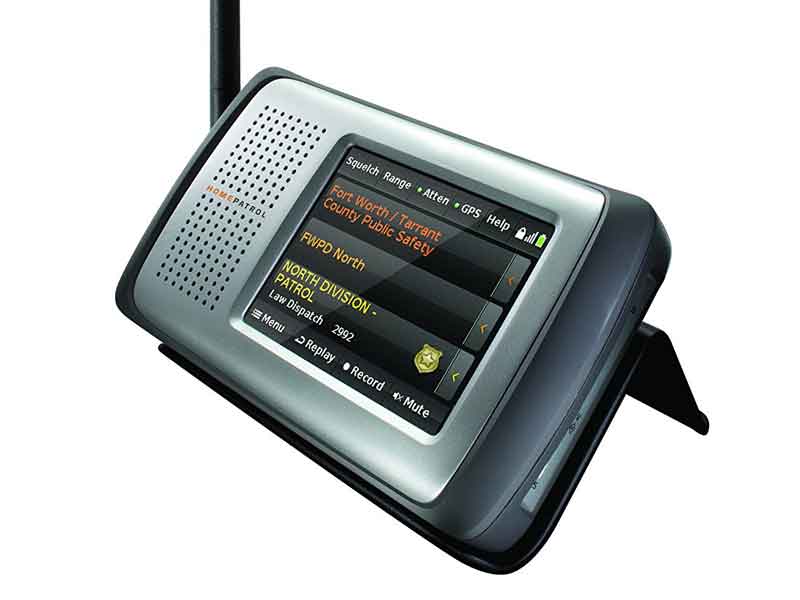A scanner radio might not be the most commonly seen piece of equipment around the home or office, but scanner radios do provide genuine value, whether for hobby or work. Whatever your use will be, you’ll need to learn about some of the legalities of using a scanner radio. You’ll also benefit from knowing how other scanner radio owners have used scanner radios legally and professionally. And, of course, a little technical knowledge will also help you further enjoy your scanner radio.
Preliminary Details
Check your state laws about what you can’t do with a scanner radio. In general, a scanner radio owner is not allowed to listen in on someone else’s phone calls, such as those made on older-model cordless phones. However, there may be exceptions. Check your local laws to see if your state requires that only one or both parties must give consent to phone monitoring.
Find the appropriate scanner for your needs, whether portable or stationary. If you plan to monitor two-way radio communication between your friends, family or co-workers, for example, determine which frequency the two-way radios use and obtain a scanner that tunes in to those frequencies. Keep in mind that most newer wireless headsets and phones operate on digital frequencies incompatible with scanners sold to the general public.
Download scanner radio apps to your smartphone if you have one, such as Police Scanner 5-0 Radio (iOS), Scanner 911 Police Radio Pro (iOS) and Scanner Radio (Android). As of 2012, states in general haven’t outlawed the use of smartphone mobile scanners — as long as you’re not committing a crime. Stay current with the law.
Technical Details
Search your local frequency database for organizations, agencies and companies in your area, and enter the frequency manually, such as 154.0000. Or press the scan key to find an active frequency. When scanning, press the “scan” key again to stop at a given frequency, or press the “hold” key to pause there. Pressing the “hold” key again should allow you to continue scanning from where you paused. Activate the “Search” function, which differs from “Scan,” to scan frequencies not used regularly.
Tune in to frequencies either for the purpose of simply being the the know, or to discover ways in which you could be of service, perhaps by volunteering or applying for a job. Monitor fire, police, ambulance and other frequencies to hear about community events as they happen. Be among the first to volunteer help in cases of disaster.
Dial-in other scanner features. Press the “Lock,” “LO,” or “L/O” button to lock out certain frequency bands so that you don’t waste time scanning through them. Omit white noise by adjusting the squelch. Tightening the squelch restricts weaker signals from sounding on your scanner. Loosening the squelch allows weaker signals to get through. Find a squelch balance so you don’t miss active frequencies but do bypass noise.
Improve your reception. Attach a more substantial antenna, such as a shortwave antenna, to your scanner to receive more signals. Consult with a scanner radio dealer or electronics professional about an antenna that would best fit your needs.
Tip
- Since scanners vary in style and function, find and read your scanner’s owner’s manual.
Warning
- Don’t install a police/emergency scanner in your vehicle without a valid permit. It’s illegal.
by Aaron Charles
Views: 66

